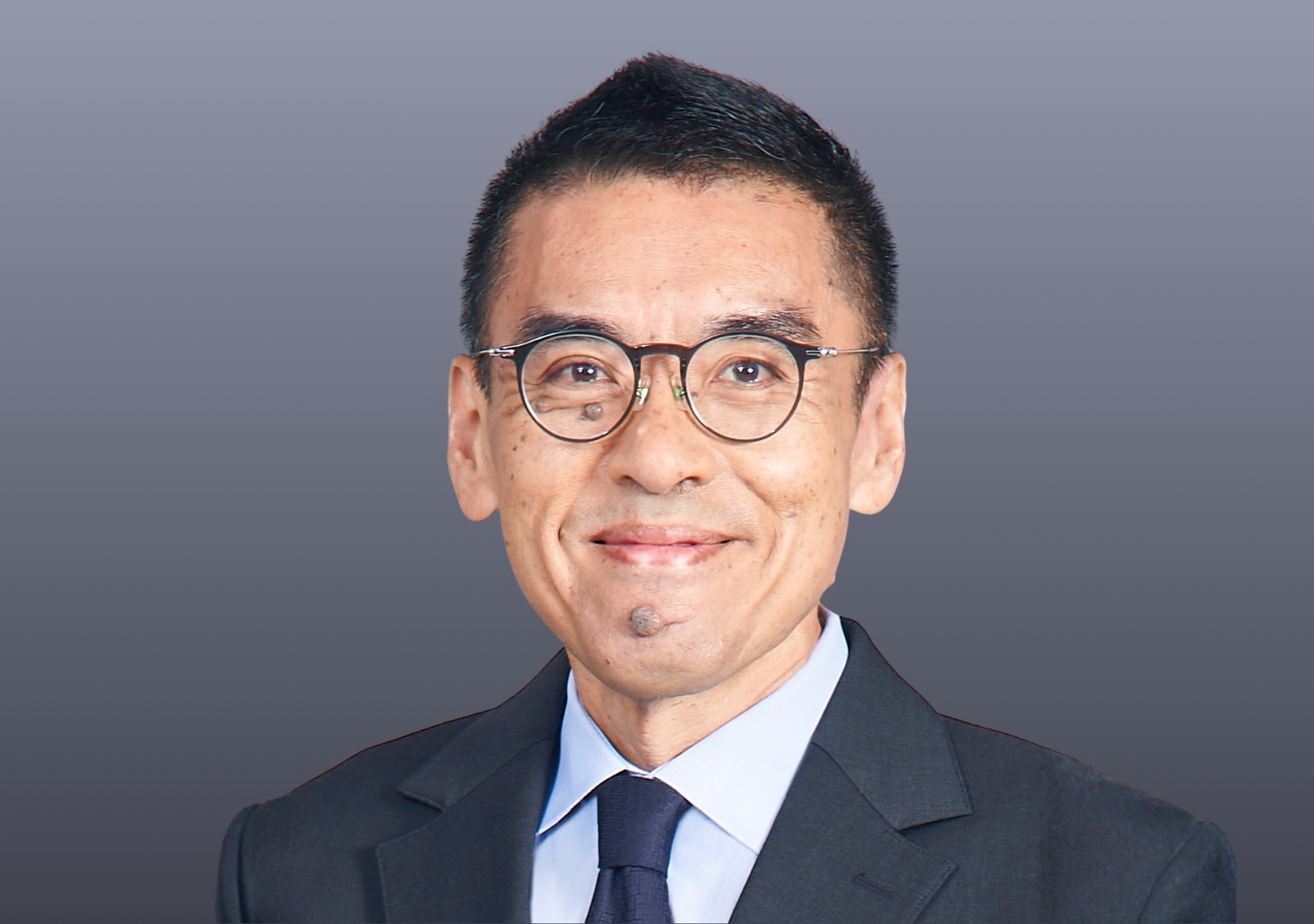Private credit has entered a phase where selectivity and not scale, will decide who stays in the game, said Jeffrey Jaensubhakij, recently retired group chief investment officer at Singapore’s sovereign wealth fund GIC.
In an exclusive interview with Markets Group, the former CIO highlighted how, after more than a decade of easy gains, investors can no longer rely on the same safety margins or spreads. “The premium now is on choosing managers carefully,” said Jaensubhakij.
He went on to list the qualities that the winning managers will need to embrace.
Private credit has evolved from a niche lender to buyout-backed companies into a vast market of direct loans, special situations, and private debt funds. The expansion began after the global financial crisis, when banks pulled back under stricter capital rules and borrowers turned to private markets, stated the former CIO.
The market now includes new managers and categories, many untested by a full credit cycle. “We’re no longer lending just to low-risk, PE-backed borrowers,” added Jaensubhakij. “Some managers have never gone through workouts or restructurings.”
As competition intensified, spreads narrowed and lending discipline eroded. “Since 2022, credit spreads have shrunk dramatically,” he said. “You’re getting paid less for the same risk. Documentation standards have weakened, and there’s more payment-in-kind issuance because some companies don’t have the cash to pay.”
Even so, Jaensubhakij isn’t telling investors to pull back. He sees the next phase as one that rewards experience and patience, where managers with strong underwriting discipline and a track record through multiple cycles can still earn a premium over public markets.
Firms that have done it well tend to be smaller and nimbler, he said. “They sold bonds at the right time because they could make big decisions quickly. Culture was everything — without it, even the right call won’t be implemented,” he said.
Jaensubhakij noted that same focus on discipline extends to how institutions build portfolios. On the Total Portfolio Approach — an investment framework gaining traction in the U.S. at plans such as the $328.4B State Teachers’ Retirement System and $584.1B California Public Employees’ Retirement System — execution matters more than design, he said. Implementing the model requires conviction in long-term views and governance strong enough to act decisively and quickly.
For most allocators, the question isn’t whether to embrace TPA but whether their core assumptions still hold. “Ask if your asset allocation still fits today’s valuations and risks,” said Jaensubhakij. “Structure follows strategy, not the other way around.”
Jaensubhakij also sees artificial intelligence (AI) reshaping the winners and losers of the industry. The biggest beneficiaries so far are the companies powering the AI boom — chipmakers, hyperscalers, and data-center builders. The next wave, he said, will be companies that integrate AI effectively to cut costs and lift productivity.
In that vein, healthcare could be a major winner, with AI transforming drug discovery, diagnostics, and treatment. “AI can save time, cost, and even lives,” he said. “The economic upside is enormous.”
Despite the optimism around AI and private markets, Jaensubhakij remains cautious. More money is flowing into illiquid assets, including from retail investors, even as exits slow and returns compress. “Cycles reset. Spreads widen. Opportunities return. The job is to keep underwriting quality and governance tight enough to last until then.”













